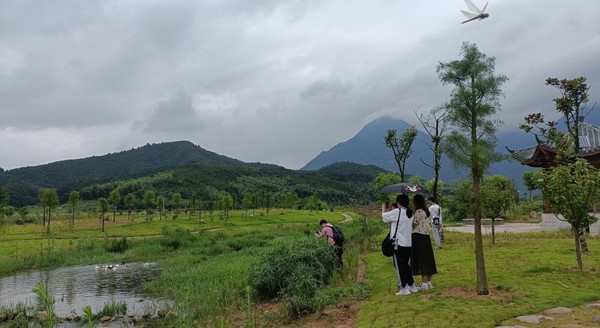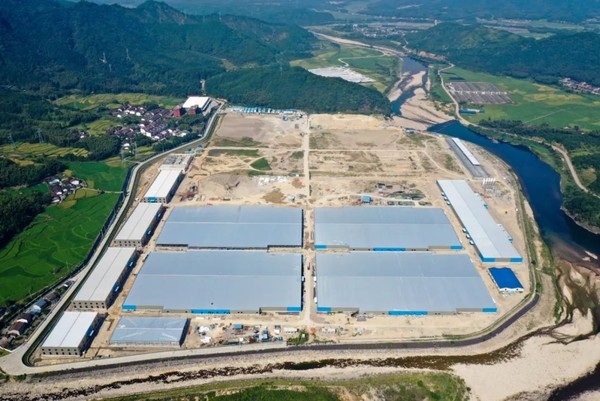By Wang Yinxin, People's Daily
Guangze is a county located at the source of the Minjiang River and to the west of Wuyishan National Park, southeast China's Fujian province.
Its per capita water resource share is 12 times more than the national average. The county, located in Nanping city, is the only county in Fujian province where the water quality at all sampling sections has reached grade II, the second highest standard in China.
Over the recent years, the county has developed a "water ecology bank" that aims at reserving, developing and improving water resources. It has witnessed the prosperous development of packaged water, green farming and leisure tourism industries, paving a path of green development that transforms water resources into economic value.

Guangze county boasted water resources of nearly 4.3 billion cubic meters, according to a water utilization survey conducted in the county in 2017 led by Chen Zhengwen, head of the water conservancy bureau of the county. However, only less than 5 percent of the resource was utilized, and almost no high-quality water resource was used.
In 2018, the "water ecology bank" was proposed by Nanping to integrate the city's advantageous ecological resources and build a platform for transferring resources into assets. Relying on high-quality water resources, Guangze became a pilot county of the program.
The "water ecology bank" facilitates the integrated development and utilization of water resources, said Wu Guangming, an official with Guangze county's water conservancy bureau.
According to Wu, the "water ecology bank" is a platform that collects scattered water resources and turns them into water-related products. Besides, the "bank" also helps establish water-related industries.

At that time, Zehui fishery company, a high-end player in the eel farming business, was looking for aquaculture bases with good water quality in Fujian province and planning to develop relevant businesses such as eel processing, feed manufacturing and logistics. Through the "water ecology bank," it soon reached cooperation with Guangze county.
At present, the first batch of eels bred at Zehui's plant in Guangze is about to hit the market. The eels, weighing around 5,000 tons in total, have a market value of 500 million yuan ($71 million), said Xie Jun, head of the company.
Zehui's plant is located at the gate of Guangze county's Baishi village. Gao Cong, an official of the village, told People's Daily that villagers working for Zehui have seen their total annual income increase by over 40,000 yuan on average, and the village also gets more than 70,000 yuan in bonus from the company each year.
More importantly, the once "hollowed" village is seeing youngsters return home, Gao said.

Over the recent years, Guangze county has attracted many renowned companies specialized in different industries that have a high requirement on water sources and quality, such as tea planting and traditional Chinese medicine.
Last year, the value-added industrial output of the county increased by 8.4 percent to nearly 3.29 billion yuan. In particular, the food manufacturing sector saw a 19.8 percent year-on-year growth and created jobs for 21,000 people, or 15.2 percent of the county's population.
Apart from developing water-related industries, Guangze county is also working to improve water-related infrastructure to improve the beauty of the county and enhance people's happiness, said Wu.
In 2021, the county made three villages along a local creek into a demonstration program of rural vitalization. Today, the creek has been built into a rural sightseeing belt featuring photography, hiking, camping, cycling and fishing sites. In September the last year, a recreational vehicle (RV) park was established there, which would further boost local tourism.


